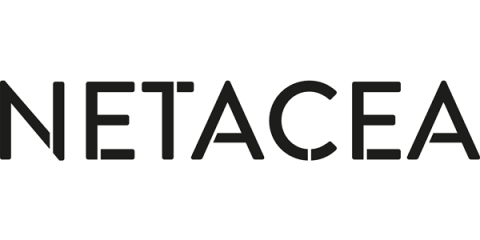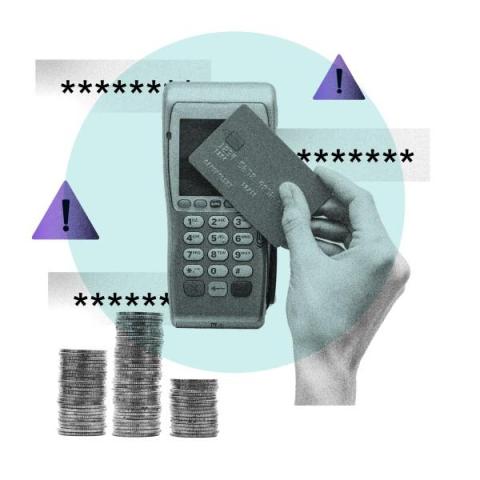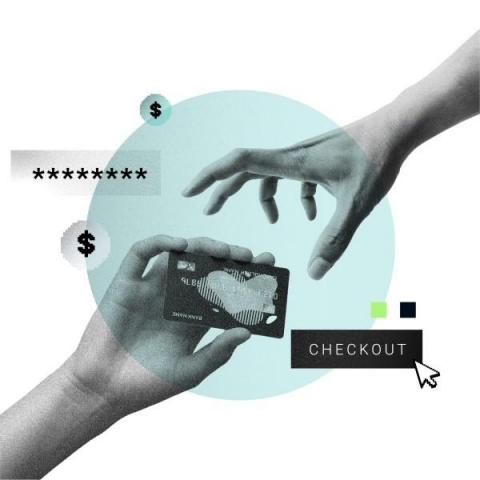Scalper Bots Jump on the Last Yeezy Drops
Scalper bots have had a busy year snatching and reselling Yeezy trainers, as adidas exhaust their final existing stock. This resulted in the Yeezy Slide Onyx topping the Netacea Quarterly Index of most-scalped items in Q2 of 2023.











